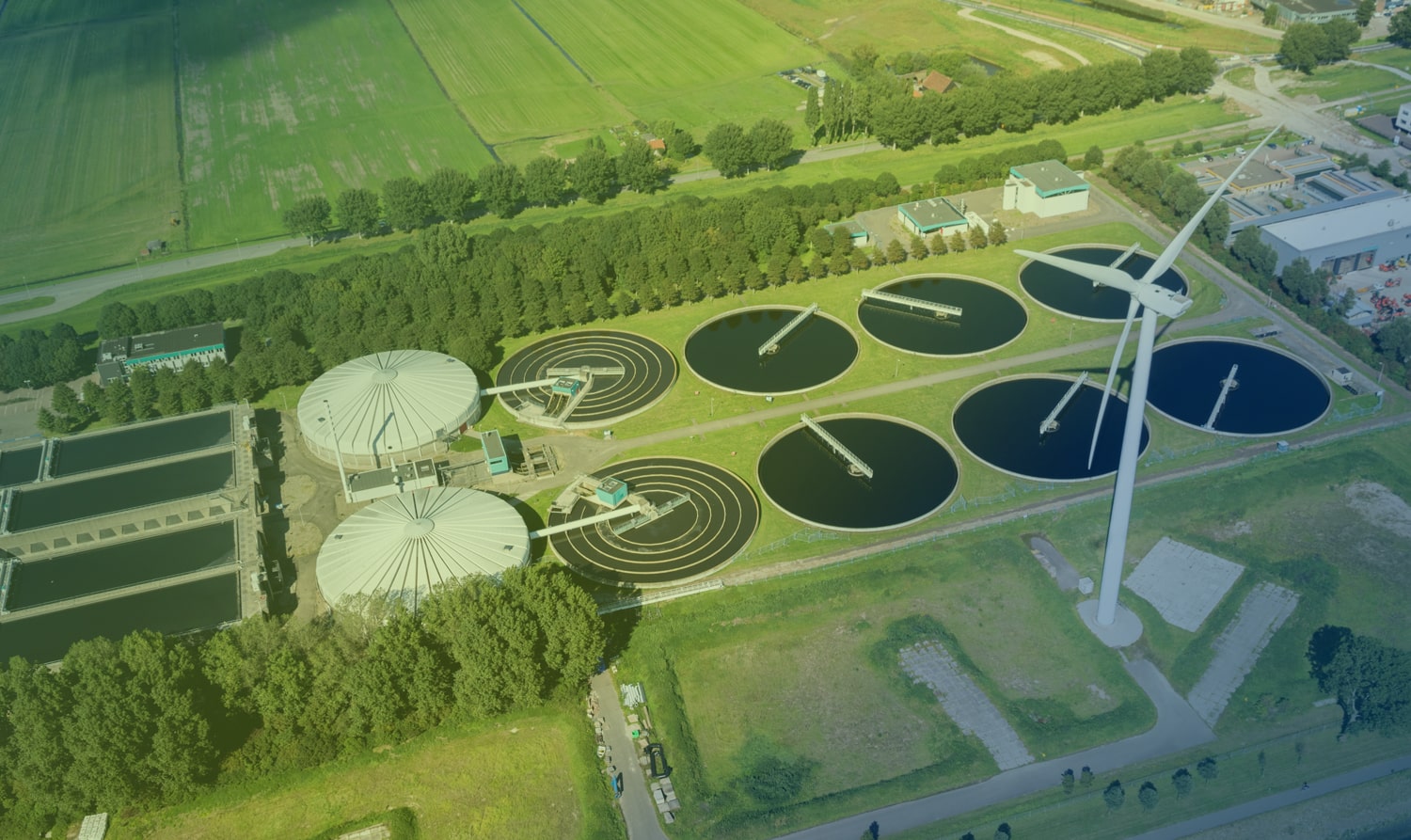Operators of sewerage systems know that grease and FOG in lift stations is a major problem. The grease obstructs floats and reduces the life of pumps leading to SSO’s and a need for frequent service. Obstruction by grease is the most prevalent cause of force main backups and sewage overflows, costing the industry billions of dollars annually. The majority of sewer line blockages are caused by grease build-up as opposed to debris.
Recalcitrant long chain fatty acids make up approximately 80% of grease deposits found in lines and grease traps and require extensive physical cleaning to avoid blockages, odors, and the passage of grease in effluents to be re-deposited downstream. Bioaugmentation has been used to break down difficult to degrade substances preventing them from causing blockages, odours, or accumulations downstream. In field tests on grease traps and lift stations utilising this technology has demonstrated a visible difference in the elimination of grease build-ups in trial periods shorter than one month.
Environmental bioaugmentation is the only preventive maintenance, since the bacteria will be consuming the organic matter present in the pipes as food, in addition to helping the wastewater treatment plant, since active bacteria will consume the organic matter and in the event that the discharge is direct to the municipal drainage, we can be complying with the norm in the discharge.
Generally, grease trap with problems are the accumulation of grease and organic matte over a period of timer, generating obstructions in the outlet, coupled with bad odors and harmful fauna (cockroaches, mice. This will result in additional expense, brand damage and possible food safety audit failures.
Environmental products that can be used for this application MicroClear 207 and MicroBlock,. In the liquid presentation with timer dispenser, M1000 can be used. For more information, consult the technical data sheet. As well as historical cases.

